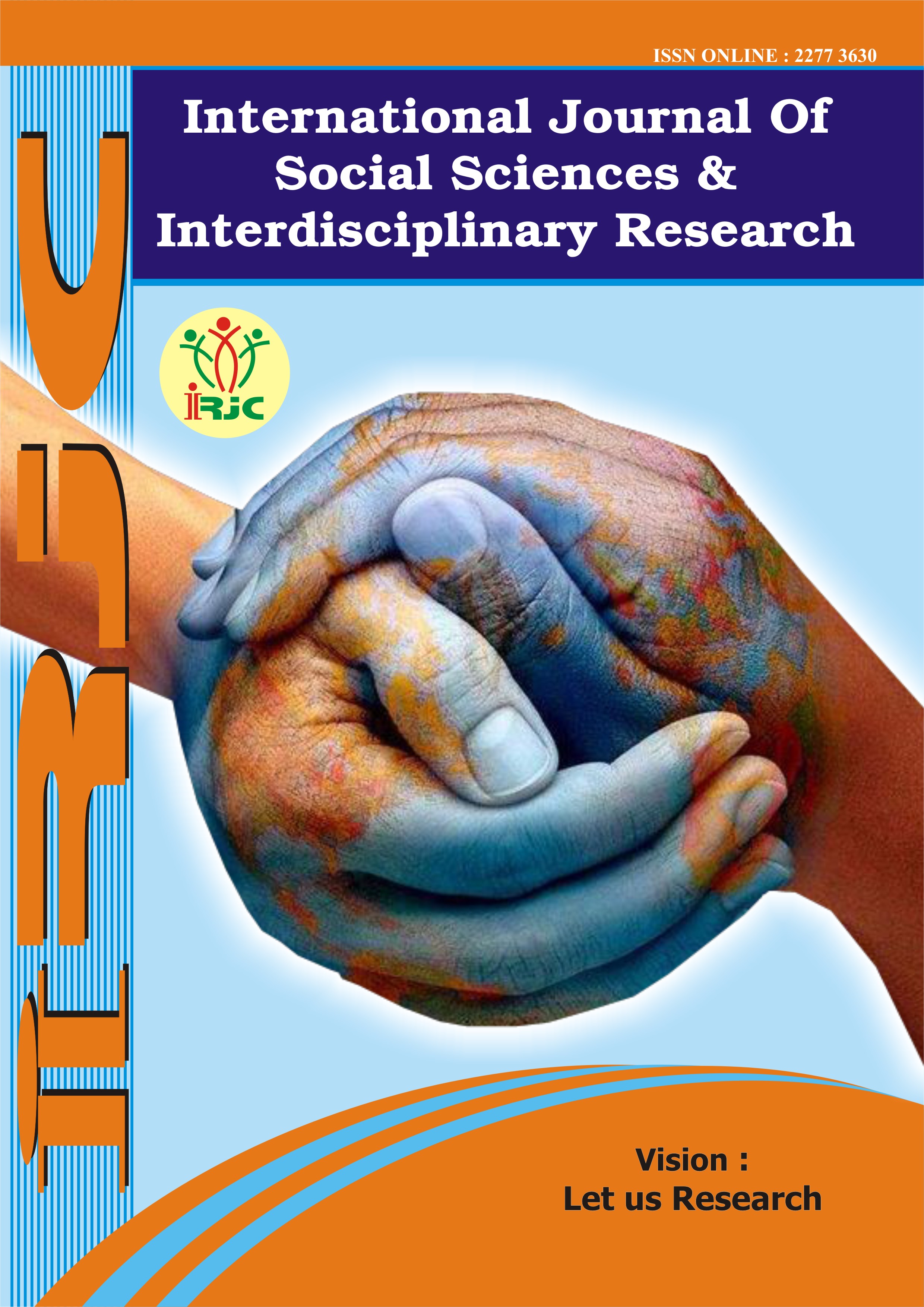INNOVATIVE APPROACHES IN FOREIGN LANGUAGE TEACHING
Keywords:
innovation, education, educational efficiency, pedagogy, English, education system.Abstract
The teaching of foreign languages, especially English, in educational institutions is associated with the creation of an innovative theory of education. This leads to the formation of a relationship in which the child is absorbed in foreign educational achievements in the educational process in order to achieve certain success in reforming the education system, increasing the effectiveness of education, ensuring the socialization of the individual, through the introduction of pedagogical technologies in the education system.
References
M. Kholdorova, N. Fayziyeva, F. Rixsittilayeva. "THE USE OF AIDS IN FOREIGN LANGUAGE TEACHING". Tashkent: Tashkent State Pedagogical University. 2018
Bekmuratova U.B. Essay on "The use of innovative technologies in teaching English." Tashkent - 2012 Otaboeva, M. R. Use of modern innovative technologies in foreign language teaching and its effectiveness;
Minamatov, Y. E. U. (2021). APPLICATION OF MODULAR TEASHING TESHNOLOGY IN TESHNOLOGY. Ssientifis progress, 2 (8), 911-913.
Okhunov, M., & Minamatov, Y. (2021). Application of Innovative Projests in Information Systems. European Journal of Life Safety and Stability (2660-9630), 11, 167-168.
Karimov, O., Karimova, G., & Karimov, O. (2021). INFORMATION IN THE FIELD OF SCIENCE AND EDUCATION. Central Asian Academic Journal of Scientific Research, 1 (1), 103-110.
Downloads
Published
How to Cite
Issue
Section
License
Copyright (c) 2022 GEJournals

This work is licensed under a Creative Commons Attribution-NonCommercial-NoDerivatives 4.0 International License.





